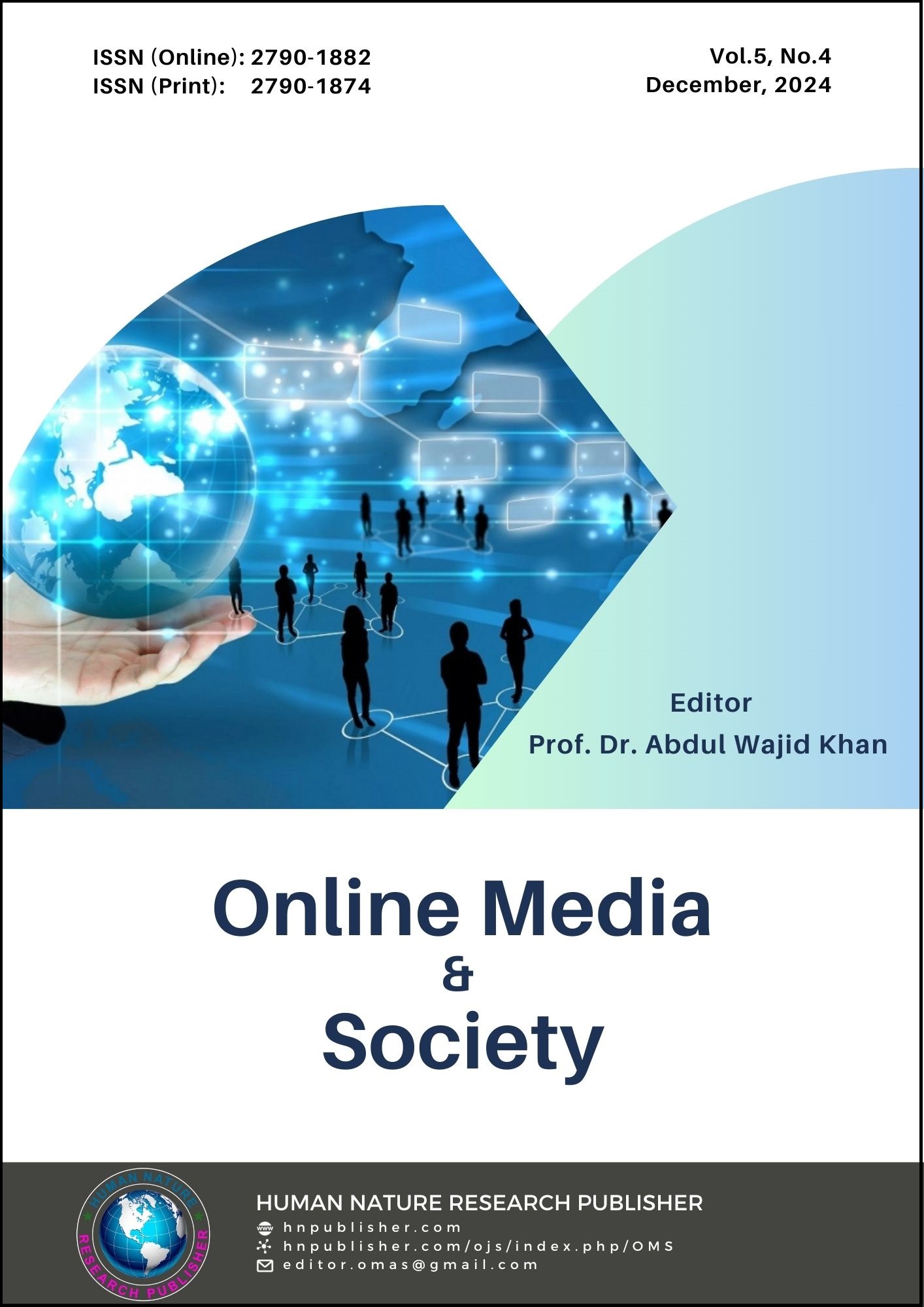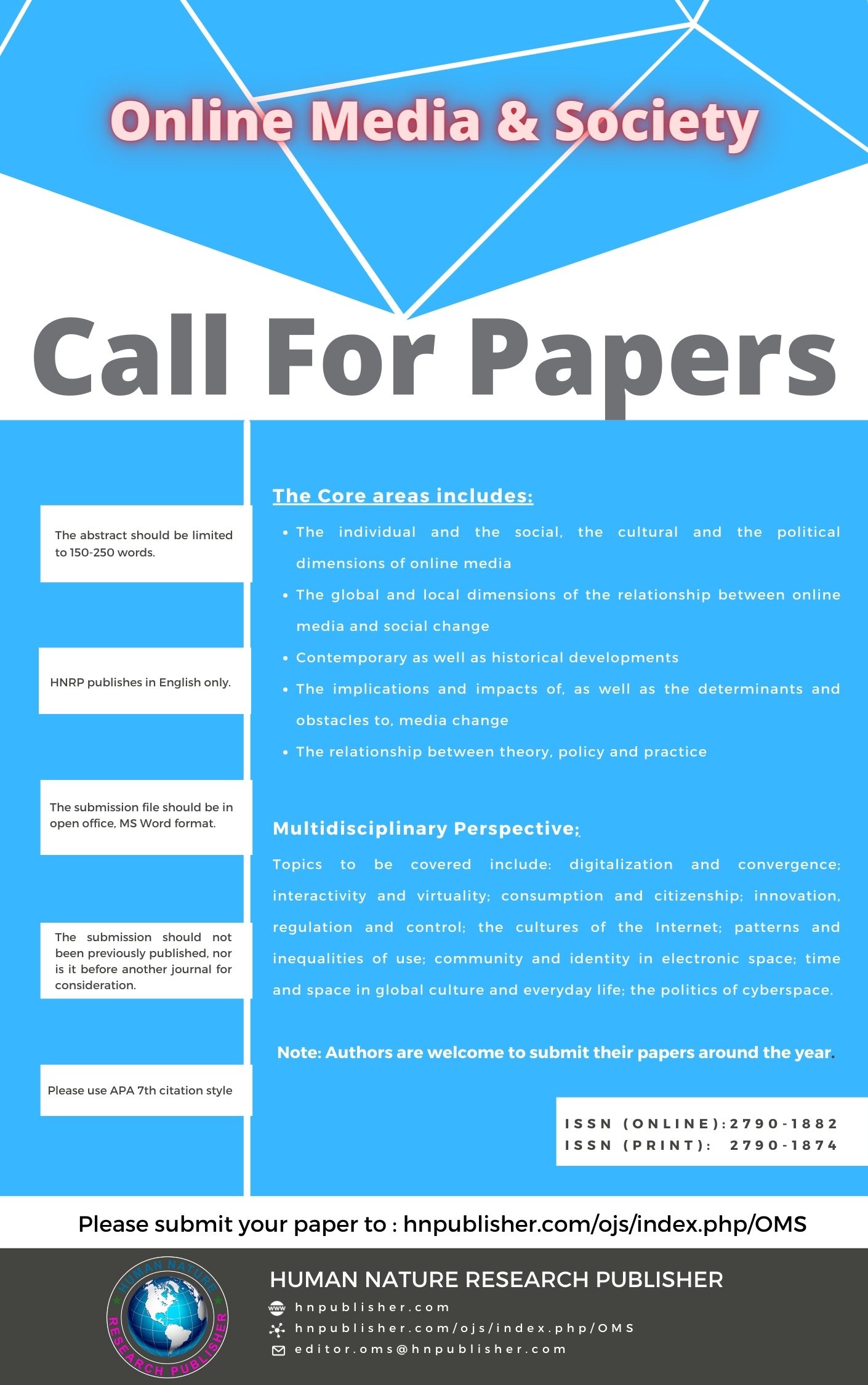Unraveling Beauty Standards: The Impact of Snapchat Filters on Users Perception
DOI:
https://doi.org/10.71016/oms/rje96k38Keywords:
Snapchat Filters, Beauty Standards, Self-perception, Body Image, Self-esteem, Emotional Responses, Confidence LevelsAbstract
Aim of the Study: This study investigates the complex effects of Snapchat filters on users' views of their own value and standards of beauty.
Methodology: Data from (n=242) individuals in Pakistan was gathered using a quantitative survey technique. Data was collected using non-probability (convenient sampling) and questionnaire was designed (Google forms) and distributed via Whatsapp, Emails and Facebook groups. In this study, demographics, the frequency of filter usage, opinions on beauty standards, confidence levels, emotional responses, and relationships between factors were all analyzed.
Findings: The findings show that Snapchat filters are heavily relied upon; several individuals reported addiction to the program and a preference for modified looks. Although filters increase self-assurance, they can exacerbate negative impressions of mental health problems and natural attractiveness. The results highlight the necessity of raising awareness and implementing interventions to support media literacy and a healthy body image.
Conclusion: In conclusion, this underlies a more nuanced understanding of the multifaceted effects that Snapchat filters have on users' behaviors and mindsets, highlighting need to reduce the potential harm that these filters may do to users' perceptions of their bodies and self-esteem in the digital era. Study suggested that policymakers, instructors, and psychological well-being specialists cooperate to foster strategies that address the adverse consequences of filter use, particularly for weak populations. Social media networks ought to have features that promote the use of critical filters and genuine self-representation.
Downloads
Published
Issue
Section
License
Copyright (c) 2024 Dr. Ghulam Safdar, Syeda Nameen Fatima (Author)

This work is licensed under a Creative Commons Attribution-NonCommercial 4.0 International License.








